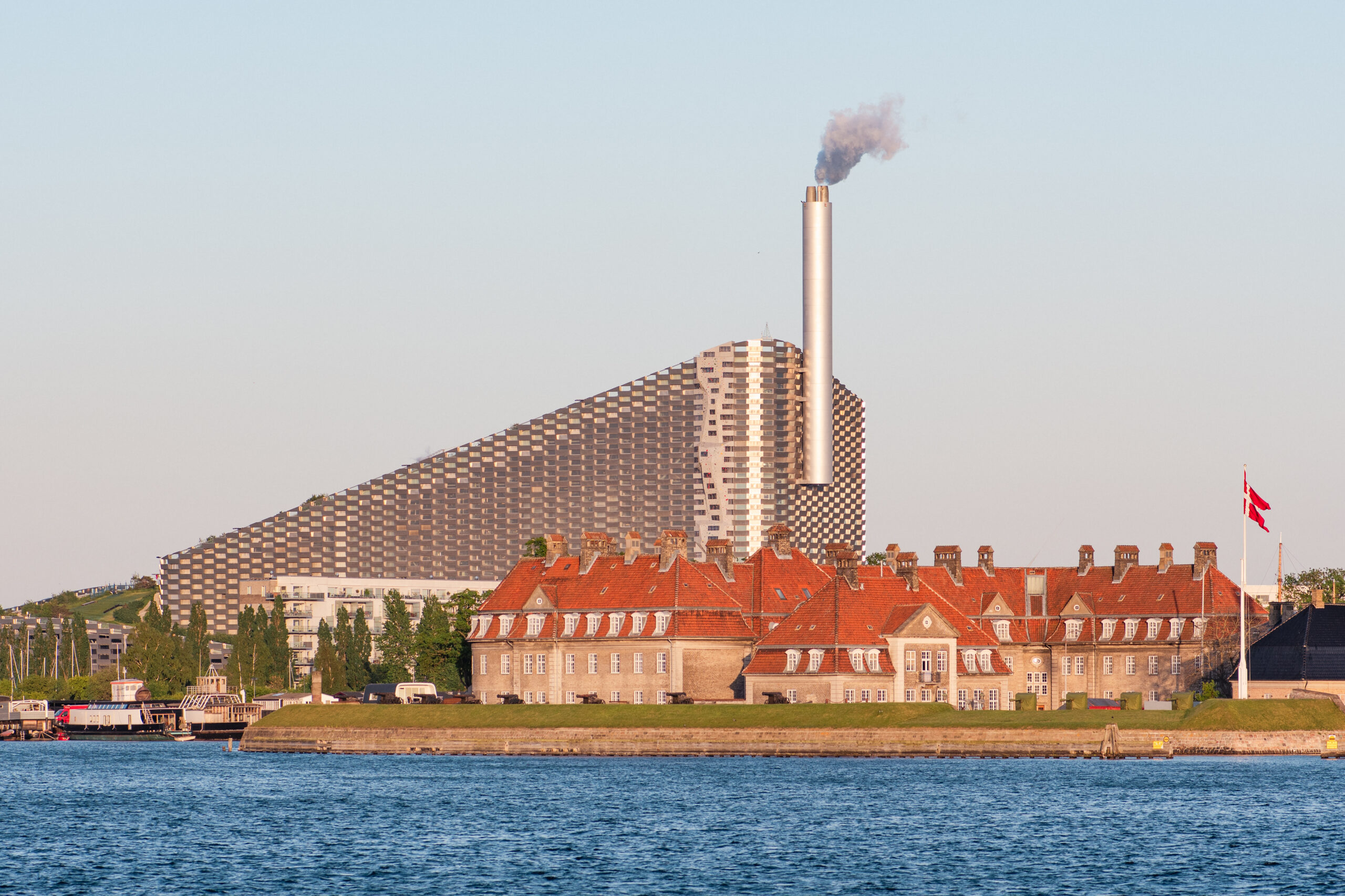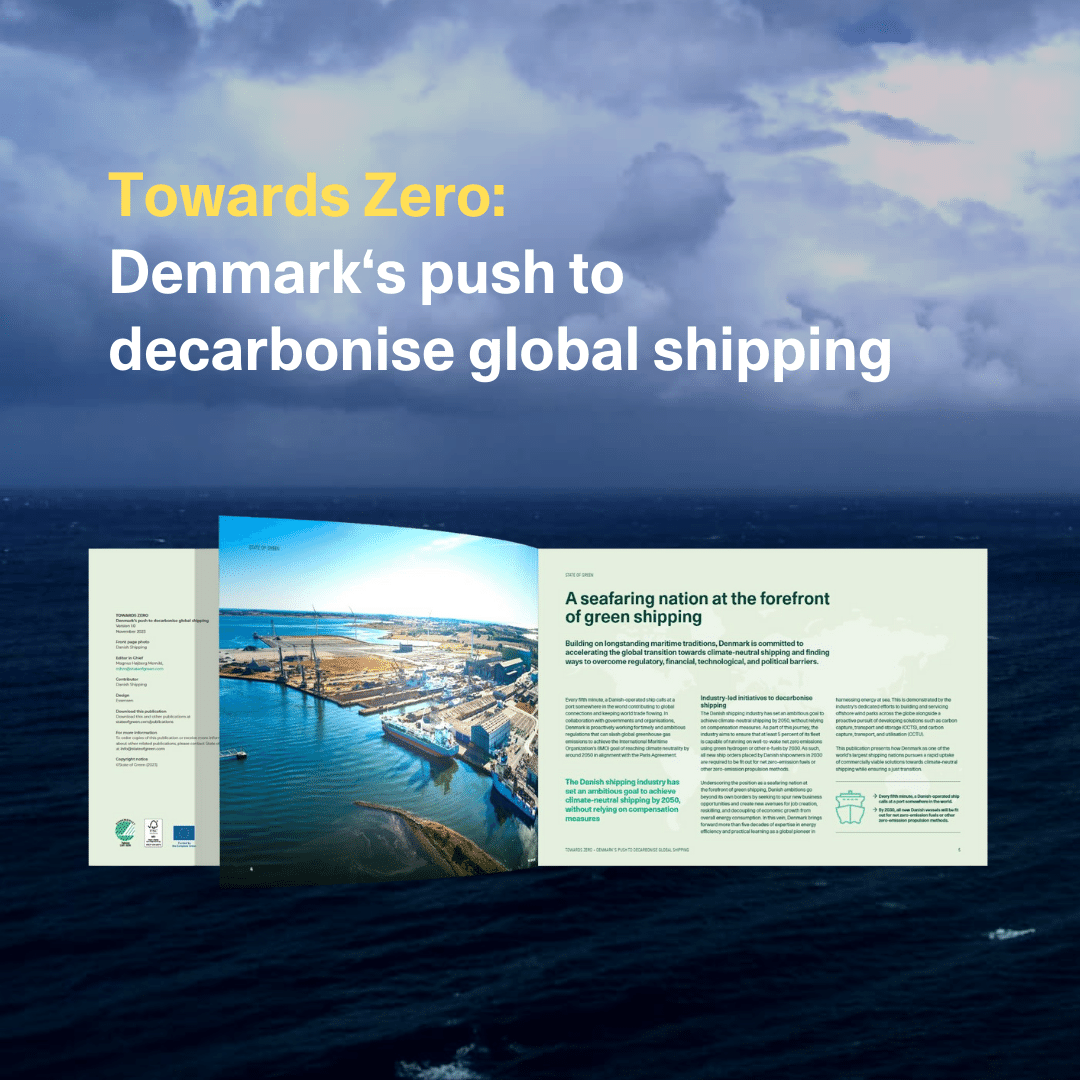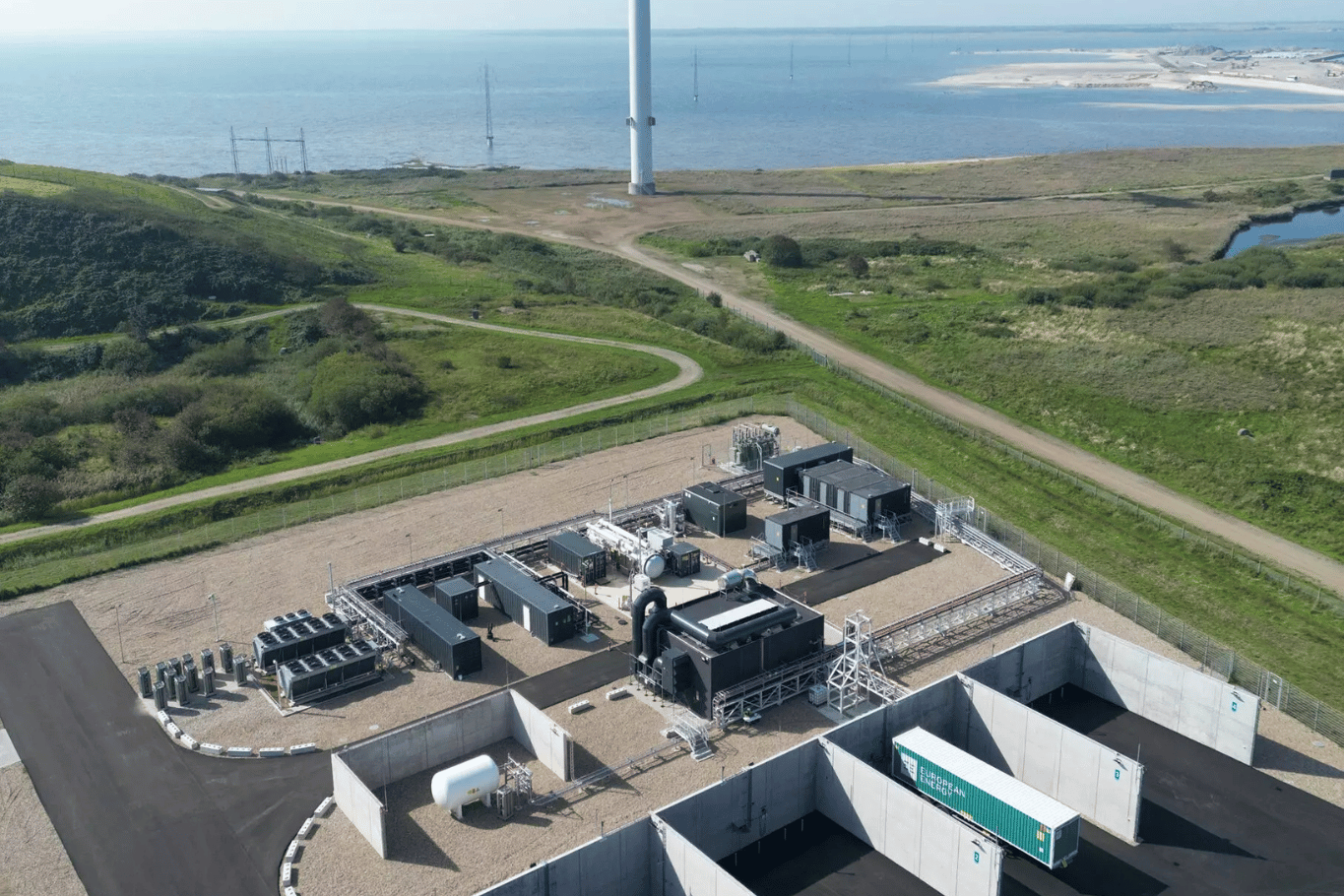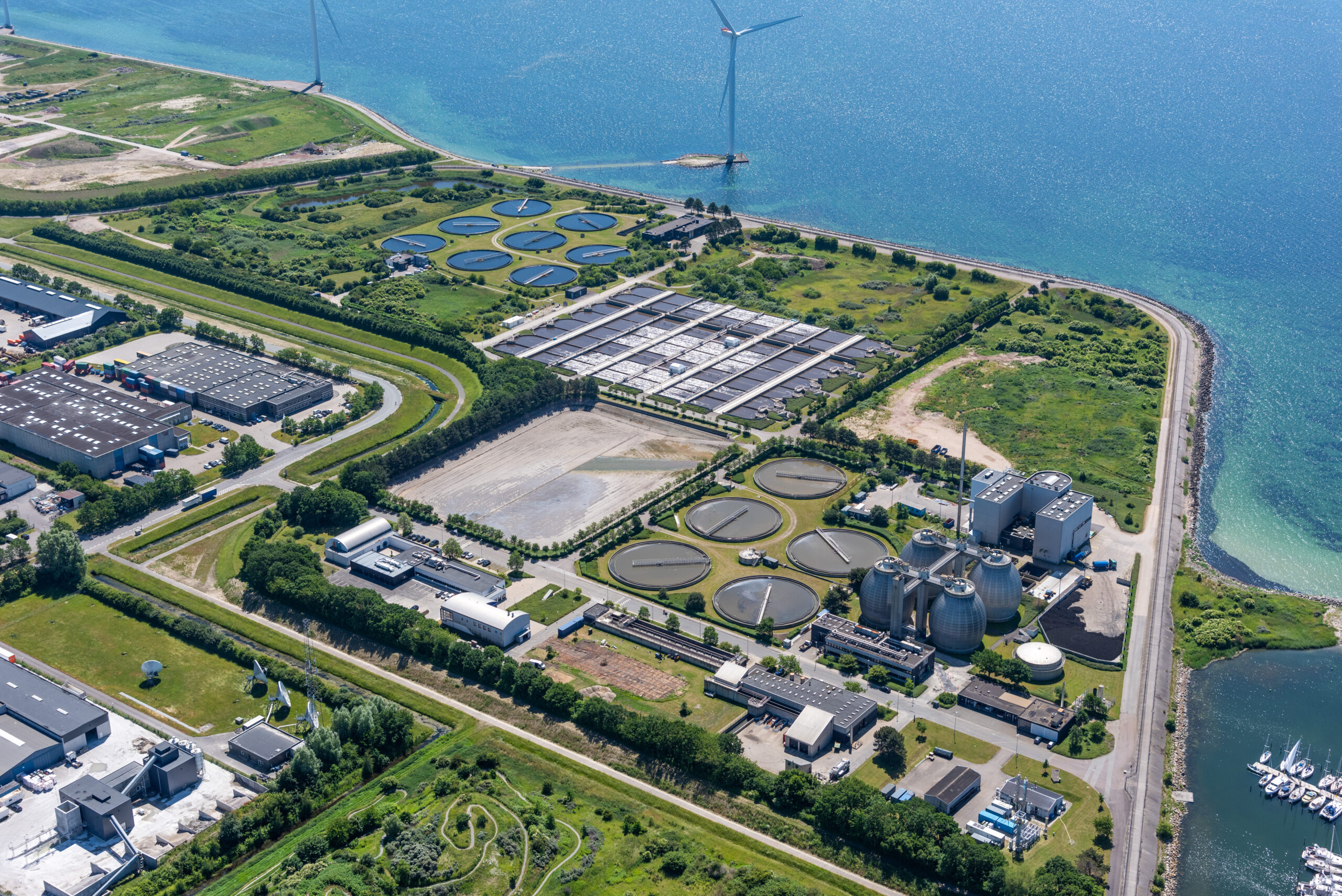District heating has a long history in Denmark, with the first system being built in a part of Copenhagen, Frederiksberg, in 1903. In the 1970’s, the global energy crisis forced Denmark to change its path on energy policy. District heating was an important part of the Danish answer. In this endeavor, heat planning supported the roll-out of district heating, which, combined with cogeneration, provided an alternative that delivered both affordable heating and high fuel efficiency.
Five decades later, during the most recent energy crisis, district heating was once again an important part of the response. While the heat price for many European households skyrocketed, the average price for a household supplied with district heating in Denmark stayed stable. Now, in the aftermath of the crisis, we continue to rely on district heating to provide secure, affordable, and increasingly green energy.
District heating continues to expand in Denmark, and more than two-thirds of households are now connected to district heating. Where district heating once relied on oil and coal, Danish district heating production is now based on more than 75 percent renewable energy. It has adapted to the policy challenges of our time, supported by an established sector through ongoing innovation and knowledge sharing.
Looking ahead, I expect Denmark to continue to be a green frontrunner in global climate action that inspires and encourages the rest of the world. Our goal is 70 percent emissions reductions by 2030 and climate neutrality by 2045. District heating is a key component of the future energy system, which must transition to renewables, but also integrate new technologies such as carbon capture, utilisation and storage and power-to-x.
Through its long history, district heating has proven its resilience and changed in accordance with the needs of our citizens and energy systems.
Simply put, it has been and will continue to be a key technology in Danish green transition. With the recent revisions to key directives, the European Union has now accelerated the push for energy efficiency and renewable energy integration in buildings, underlining the potential for district heating to be a cornerstone technology for the green transition across Europe as well.
This publication shines a light on the benefits of district heating, the key elements of Danish regulation and planning of heating, how we have used district heating to enable sector coupling and the district energy systems of tomorrow. Throughout, you will have the chance to explore how Danish strongholds and solutions across the district energy sector are making a difference both nationally and internationally.
I hope you will feel inspired and join us on the journey towards a more secure, more resilient, and integrated energy system.









